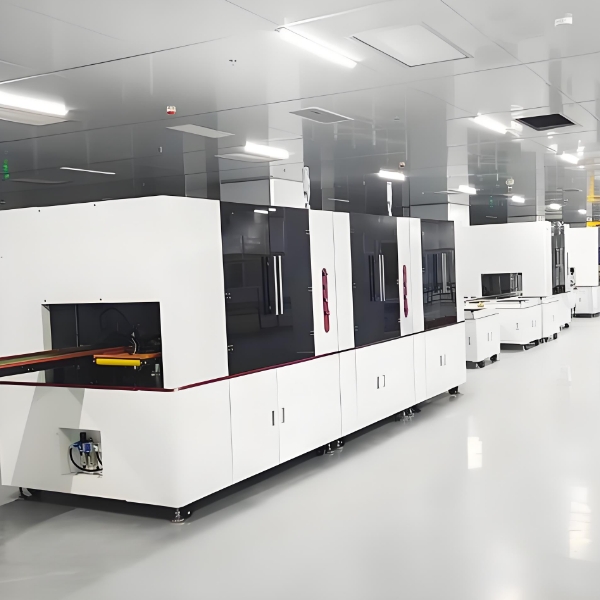How to Optimize Lithium Battery Pack Production Line Processes
Improving the efficiency and consistency of a lithium battery pack production line requires more than just faster machines. Real gains come from refining each step of the process, ensuring quality while reducing waste and downtime.

Standardize Cell Sorting and Matching
One of the most critical steps is cell grading. Even small differences in voltage, capacity, or internal resistance can lead to unbalanced packs and reduced cycle life. Automate cell testing and sorting before assembly to ensure only matched cells are used. This improves pack performance and reduces field failures.
Improve Welding Process Control
Busbar welding—whether laser, ultrasonic, or resistance—must be consistent. Use real-time monitoring such as weld force sensors, post-weld resistance checks, or vision systems to detect defects early. Setting up process windows (acceptable parameter ranges) helps maintain quality across shifts and operators.
Integrate Data Traceability
Each pack should carry a full record from cell input to final test. A well-optimized lithium battery pack production line links serial numbers with test data, including insulation resistance, open-circuit voltage, and BMS communication results. This traceability supports quality audits and simplifies root cause analysis if issues arise later.
Reduce Changeover Time
Many manufacturers produce multiple pack types. To improve flexibility, use modular fixtures and programmable workstations. Quick-change tooling and saved recipes allow fast transitions between models, minimizing idle time on the lithium battery pack production line.
Balance Automation with Practicality
Full automation isn’t always necessary. For mid-volume production, semi-automated stations with guided workflows can offer better ROI than fully robotic lines. Focus automation on high-risk or high-repetition tasks like welding and testing.
Monitor and Adjust Based on Feedback
Collect process data over time to identify bottlenecks or drift in key parameters. Simple adjustments—like optimizing conveyor speed or re-timing station handoffs—can significantly improve throughput.
By focusing on these practical improvements, manufacturers can achieve a more reliable, scalable, and cost-effective production process.
Recent Posts
- What are the advantages of laser welding machines in lithium battery pack production lines?
- What issues should be noted when choosing a lithium battery pack production line?
- Quality Inspection and Control of Lithium Battery Module Pack Production Line
- Cell grouping and sorting process in lithium battery module pack production line
- What are the safety hazards of lithium battery pack production lines and how can they be prevented?
INQUIRY

